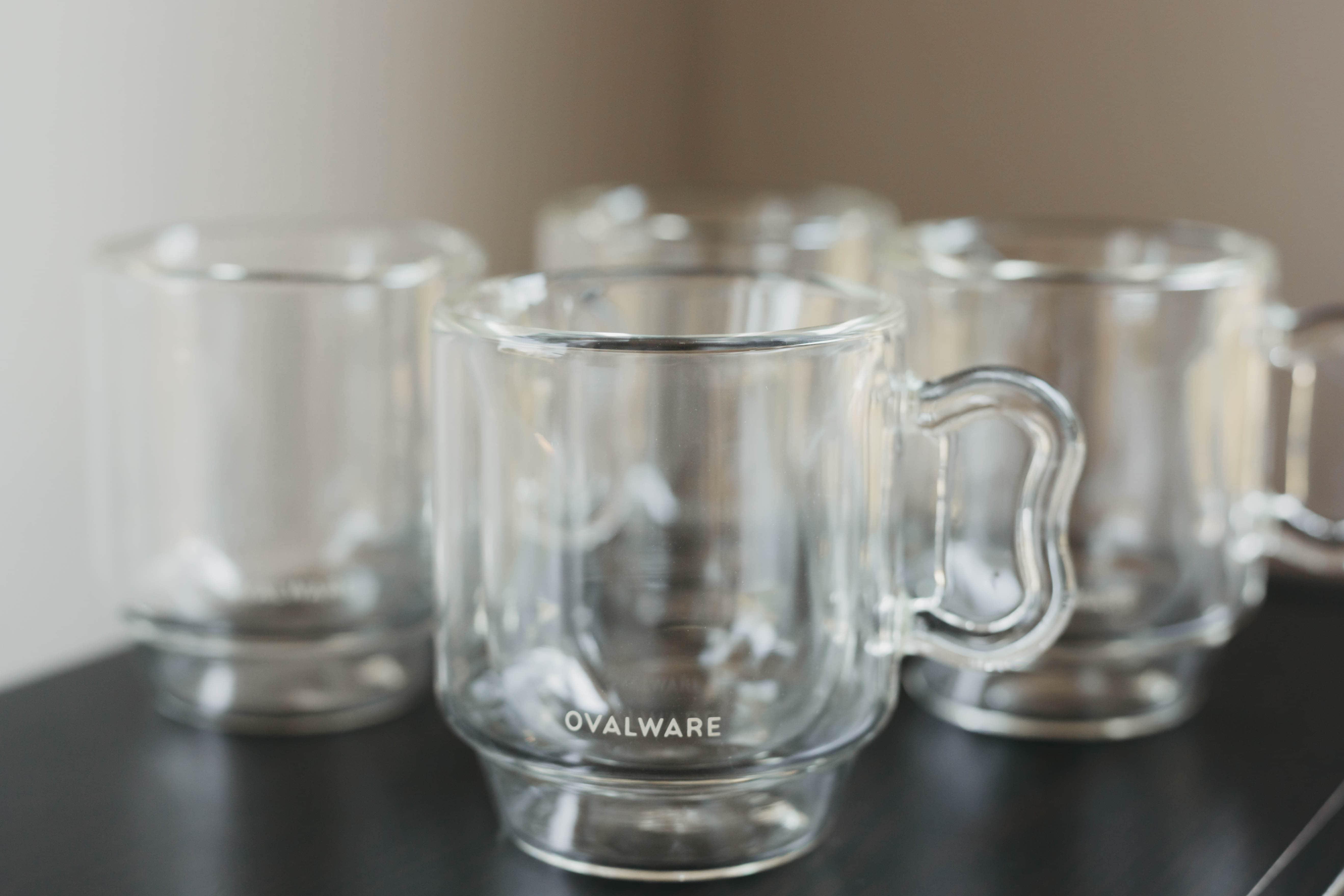
How to buy the best coffee grinder for your home?
Coffee tastes best when it is freshly ground.
The flavor and aromatic properties of pre-ground coffee begin to fade as soon as the packet is opened.
Grinds that are too fine cause over-extraction and bitterness. Grinds that are too coarse cause under extraction and a thin or weak flavor. The best cup comes when the grind is customized for each brewing method.
In short, if you want the perfect cup of coffee at home, you'll need a grinder.
What is the best grinder to buy? This is how you find out:
Types of Grinders:
Blade Grinders
Many low-end grinders use blades. They work like a blender and chop the beans into smaller pieces. They work fast and can be used for coarse grinding, but it is better to look elsewhere for anything more than that.
Ceramic Burr Grinders:
These are probably the most common type of grinders you will find. They consist of two revolving abrasive surfaces (called burrs, hence the name) with one stationary and surrounded by a non-slip casing. The beans are fed through a hopper and chopped into grounds as they pass between the two burrs. This type of grinder generally allows you to set exactly how fine or coarse you want the grind to be by turning a dial on the side.
Coffee Burr Grinders:
These grinders use a series of metal burrs that are engineered precisely to get the most flavor from each bean. The beans are ground with less friction and heat than other grinders, which means more of their natural oils, sugars, and aromatics are preserved in the ground coffee. They also produce a very consistent grind and tend to be quieter when running.
Electrical Grinders:
Similar to Coffee Burr Grinders but electric. It can be very noisy when grinding and not as high quality as Coffee Burr Grinders. Best for light use only, otherwise the motor will burn out quickly. Not recommended for daily use.
Espresso Grinders:
These are a bit different because they use extremely small burrs and have a few settings for espresso. They use less power than other grinders, so the motor lasts longer, though they still generate heat when running. They do not produce too much ground coffee at once, but they can fit directly into an espresso machine's portafilter because of their size.
Burr or Blades?
Burr grinders use two revolving abrasive surfaces with one stationary blade. Burr grinders have burrs made from metal or ceramic and vary in size, with the larger burrs giving more consistency and better flavor.

Blade grinders chop the beans into smaller pieces. They work fast but are not as effective at releasing the flavor inside each bean. The friction generated by a blade grinder can heat the beans, affecting the flavor's quality and causing the release of oils from the bean, which creates a bitter taste.
This is why coffee enthusiasts prefer burr grinders over blades.
Electric or Manual?
Electric grinders are easier to use, but manual or hand grinders give you more control. Electric models can be pretty noisy, while some of the manual ones are very quiet. Just make sure you get a long handle to grind more easily.
If you grind a lot of coffee daily, an electric grinder will suit your needs. On the other hand, if you make coffee once or twice a week, manual mills would serve you better because they don't need electricity to run and do not create any noise while grinding.
Portability:
For travel and camping trips, you'll need a manual grinder. For an everyday home coffee grinding solution, electric grinders are perfect. Depending on your budget, you can invest in both or go with one.
Price:
Coffee grinders range widely in price. Manual coffee grinders are the least expensive and cost less than $50. Some electric ones with blade grinders are also cheap, but they do not provide the right kind of flavor that your cup deserves. Due to the erratic cutting of the blades, these grinders also waste more beans.
Burr mills cost more and usually fall in the $90-250 price range, while some high-end models may cost you more than $300.
Level of grind:
Grinders with different levels of grind are available. You can buy a grinder that will allow you to adjust the size of the grind (and therefore the fineness of your coffee) when you want. High-quality grinders feature more settings for finer control and more precision. Find a machine with at least 15 - 20 settings if you're going to use it at home.
You should look for a mill that gives you ground coffee with roughly the same particle size to be consistent in taste and strength. You can test this when buying by giving the salesperson a sample of your ground coffee. They should be able to get a similar particle size distribution from a specific setting on their machine.
Speed, Size, and Shape:
You can also consider how fast your grinder runs. If you want to make coffee quickly, electric grinders are the way to go because they will do all the work. Burr grinders take more time than blade models (about 9 minutes to get ground enough for 12 cups).
The final factors to consider are shape and appearance. Look for a mill with a design that fits your kitchen décor and is not too large.
Ease of use:
If your coffee grinder uses blades, you will need to experiment with mixing coffee beans between different grinds. This is because blades chop beans into tiny pieces making them difficult to separate.
Also, they can be very noisy and messy until you get used to using any coffee mill. For this reason, it is best to avoid blade mills. In general, blade or flat burr grinders make much more noise than conical burr grinders.
Materials:
Most coffee mills are made from steel or plastic. Steel is more durable than plastic, and it can last longer, but it can rust over time. Plastic grinders do not require much maintenance, and they come in different colors, so you can choose one that matches your kitchen décor.
The burrs are usually made of stainless steel or ceramics. Stainless steel ones can last longer, but they require more cleaning. Ceramic burrs are durable and do not rust, but they are brittle and can break if dropped.
Design:
Coffee mills are available in different colors and designs. If you're looking for an elegant model, then choose one that has a stainless steel finish with plastic components. If you want something more stylish, go for a wooden or colored coffee grinder.
The functionality should take precedence over style when it comes to coffee grinders.
Cleaning:
Never immerse your grinder in water, especially if it uses a motor because this will damage the components. You can clean it with a brush or by using a moist cloth.
Burr mills do not have removable blades, making them easier to clean than blade grinders. Most of the electric models come with containers for trapping coffee dust, and some include removable bean hoppers. Each type of grinder differs in its ease of use and cleaning. For home use, it should be simple, so you don't feel annoyed using or cleaning it.
When buying a coffee grinder, consider the factors discussed above. While some are more important than others, all of them should be considered carefully when making your purchase. The best grinder for you is one that matches what you need and wants most out of it.




Leave a comment
This site is protected by hCaptcha and the hCaptcha Privacy Policy and Terms of Service apply.